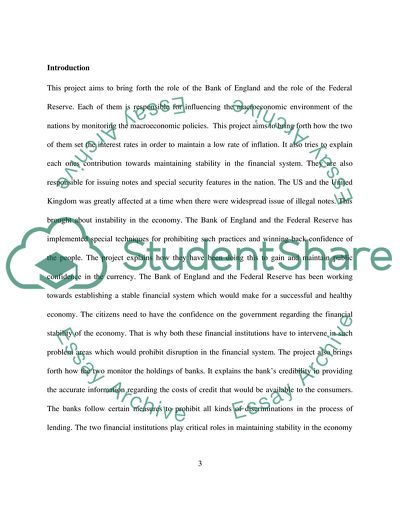Cite this document
(The Role of the Bank of England Case Study Example | Topics and Well Written Essays - 2500 words, n.d.)
The Role of the Bank of England Case Study Example | Topics and Well Written Essays - 2500 words. Retrieved from https://studentshare.org/finance-accounting/1745686-analyze-the-role-of-the-bank-of-england-and-compare-it-to-that-of-the-federal-reserve-in-the-banking-system
The Role of the Bank of England Case Study Example | Topics and Well Written Essays - 2500 words. Retrieved from https://studentshare.org/finance-accounting/1745686-analyze-the-role-of-the-bank-of-england-and-compare-it-to-that-of-the-federal-reserve-in-the-banking-system
(The Role of the Bank of England Case Study Example | Topics and Well Written Essays - 2500 Words)
The Role of the Bank of England Case Study Example | Topics and Well Written Essays - 2500 Words. https://studentshare.org/finance-accounting/1745686-analyze-the-role-of-the-bank-of-england-and-compare-it-to-that-of-the-federal-reserve-in-the-banking-system.
The Role of the Bank of England Case Study Example | Topics and Well Written Essays - 2500 Words. https://studentshare.org/finance-accounting/1745686-analyze-the-role-of-the-bank-of-england-and-compare-it-to-that-of-the-federal-reserve-in-the-banking-system.
“The Role of the Bank of England Case Study Example | Topics and Well Written Essays - 2500 Words”, n.d. https://studentshare.org/finance-accounting/1745686-analyze-the-role-of-the-bank-of-england-and-compare-it-to-that-of-the-federal-reserve-in-the-banking-system.


